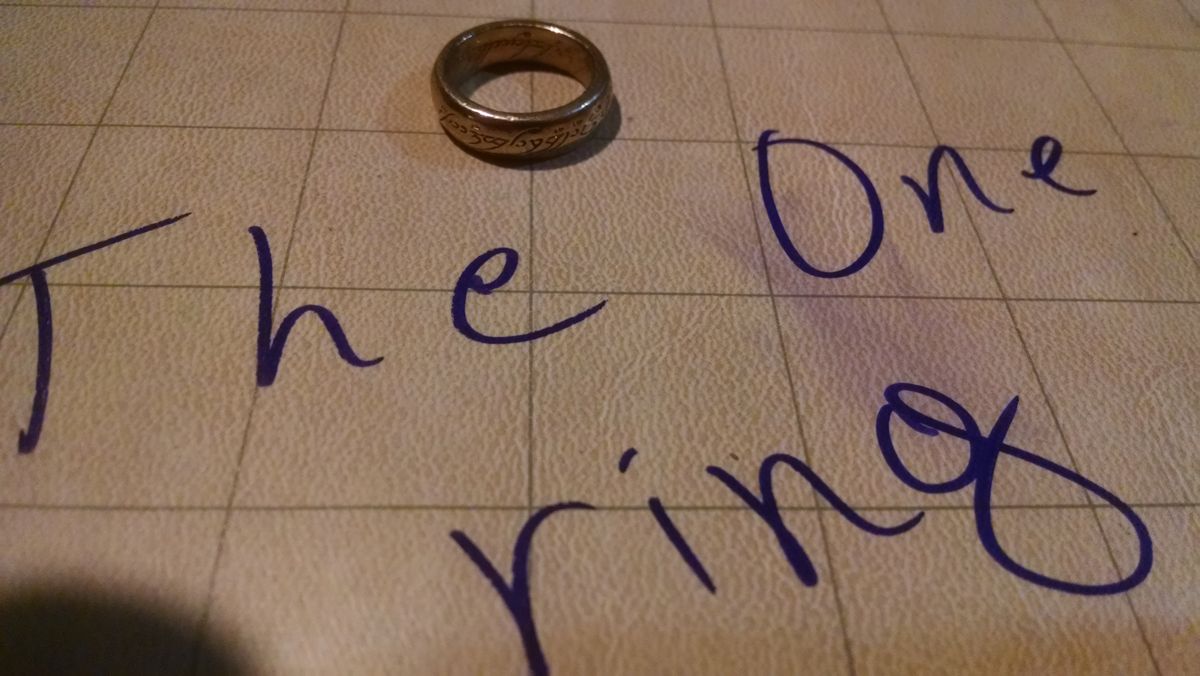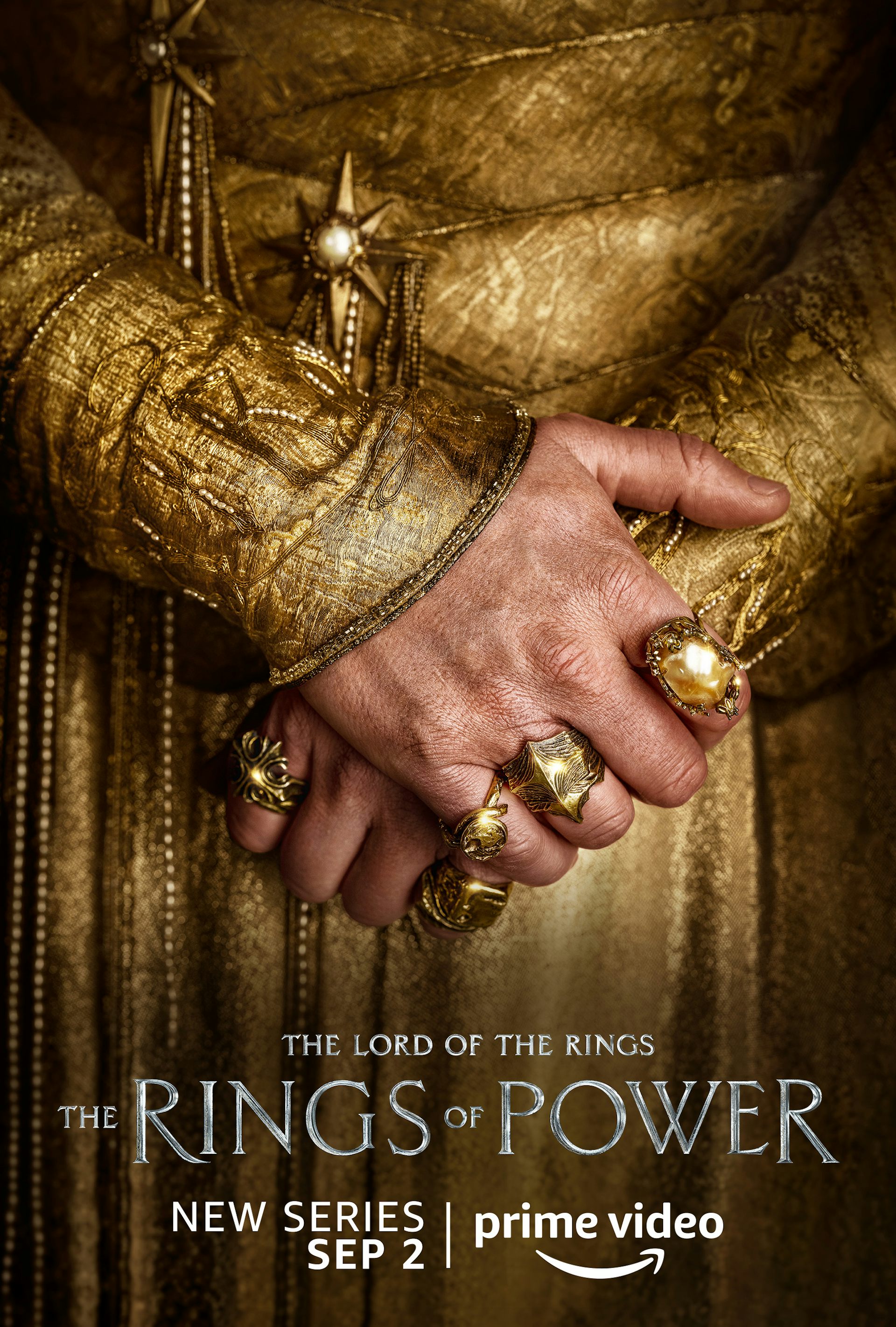

Tolkien had trouble in finding the main line of this ‘new story about Hobbits’. It has reached about Chapter VII and progresses towards quite unforeseen goals.’įirst of all, J.R.R. It is now flowing along, and getting quite out of hand.

‘I have begun again on the sequel to the “Hobbit” – The Lord of the Ring. Tolkien for a ‘sequel’, which the latter started writing in December of the same year. Pleased by the unexpected success of The Hobbit in 1937, but refusing to publish ‘ The Silmarillion‘, Allen & Unwin asked J.R.R.

In any case, as a book that has given rise to a thousand contradictory, sometimes controversial interpretations: for some, a novel in praise of freedom and nature – so much so that it became an object of worship for American students in the 1960’s – for others, an idealised expression of nostalgia for the Middle Ages or a reflection of the last century or even, for some who are less well-informed of Tolkien’s intentions, a mirror of World War II.Īs a peculiar romance (in the original meaning of the word), a 1000-page book that is a world in itself, The Lord of the Rings has been subject to numerous readings and interpretations, and over-simplifications: its connections to war and heroism, the place of women in the plot, the relationships between the peoples of Middle-earth… It is interesting therefore to get past the ‘mythical’ aura of the ‘cult’ writer (two words that would certainly have displeased the author) in order to return to the text and consider the complex genesis of this novel.ĭo all readers know that The Lord of the Rings was originally requested by the publisher, who wanted ‘more hobbits’, and that it was supposed to relate just a short, new adventure of Bilbo’s? That Strider – first called Trotter – was originally just a hobbit among others? Or that the story could have started with a conversation between Gandalf and Bingo in Bag End? Those who have not read the book know it by hearsay as an object of affection for its readers, as ‘an absolute must-read’ – sometimes even as ‘the book of the 20th century’.

The Lord of the Rings, Le Seigneur des Anneaux, El Señor de los Anillos, Kryezoti i Unazave, Sayyid al-Khawatim, Eraztunen Jauna, Sarbadhipoti Angti, Mo Jie, La Mastro de l’Ringoj… in over 50 languages, images engraved in the readers’ mind come to life with these words: Frodo and Sam climbing Mount Orodruin in order to destroy Sauron’s ring, which they had brought from the Shire to Mordor at the risk of their lives Gollum on the steps of Cirith Ungol the fight with Shelob, or the battle on Weathertop the farewell to Lórien, or Éowyn’s grief at losing Aragorn Tom Bombadil’s peacefulness and the solace to be found in Bag End.


 0 kommentar(er)
0 kommentar(er)
